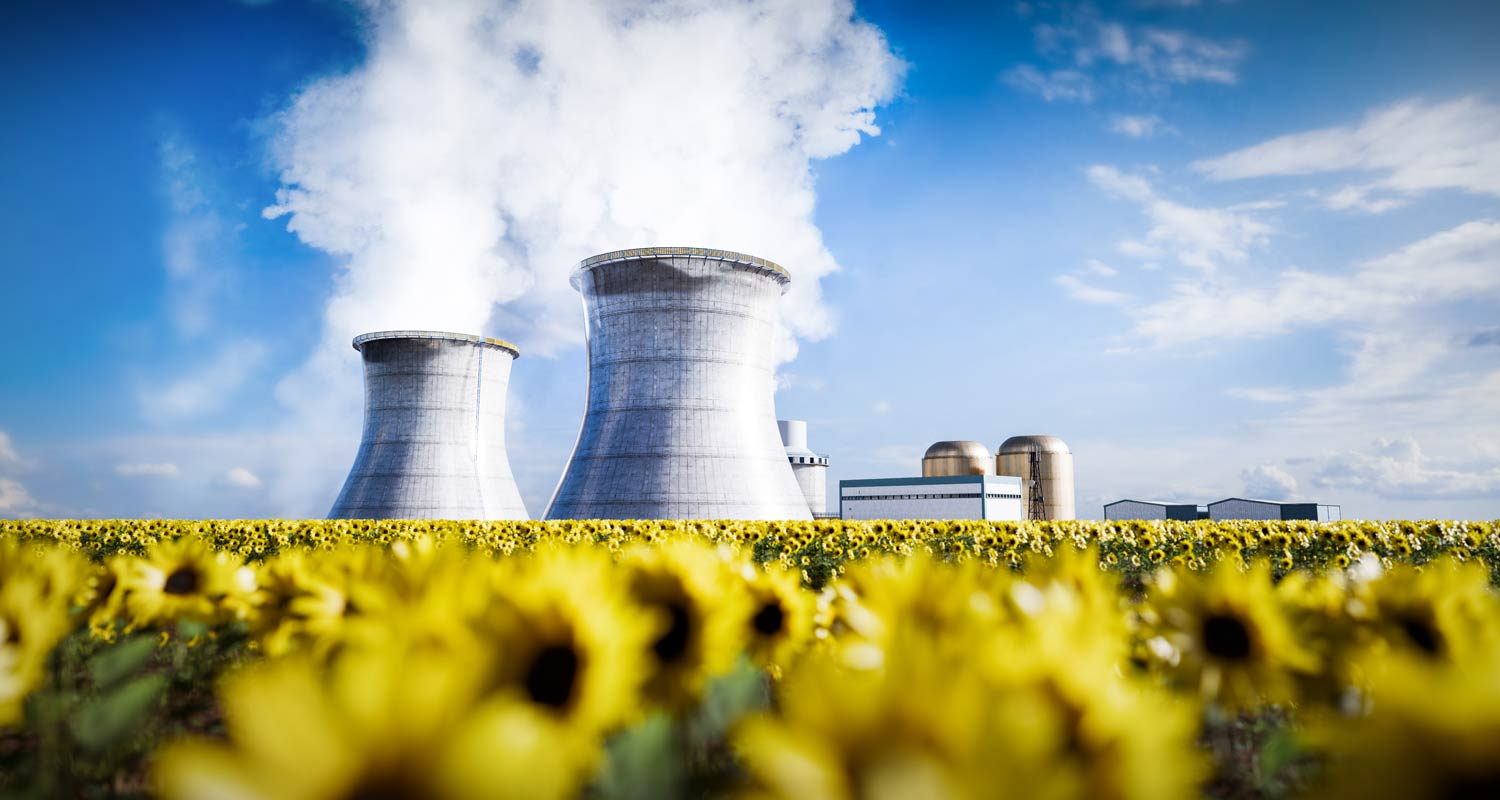South Africa’s new R2.2-trillion energy plan is going to see a dramatic increase in renewable energy, with the private sector expected to contribute two-thirds of the investment.
Energy minister Kgosientsho Ramokgopa, who released details of the 2025 Integrated Resource Plan (IRP), which maps out the country’s future energy mix, said on Sunday that by 2039, renewables, gas and nuclear will be supplying more power to the country than coal.
He said 58% of the energy mix in terms of megawatts was coal. By 2039, this will be halved to 27% of the total generation capacity, which is expected to be around 41GW.
Renewables will increase exponentially. Wind, which provides 8% of the generation mix, will jump to 24%; solar PV goes up from 10% to 18%; and for the first time the country will have a gas-to-power solution that will provide 11% of the mix. And nuclear increases from around 2% to 5%.
“The energy mix of the South African economy has pivoted… The mix is becoming greener and greener,” Ramokgopa said, adding that the country will continue to “exploit coal” because “we don’t have a coal problem, we an emissions problem”.
Ramokgopa said the newly published IRP is an integral part of growing South Africa’s economy, which had still not reached its pre-Covid levels. He said now that the country has turned the corner on power supply, energy will cease to be a national crisis and instead will become a “catalyst for growth”.
Energy security
“We are now getting the South African economy to grow with sufficient electricity demand going into the future. So, we are projecting until 2042 there must be a deliberate, well-constructed and well-orchestrated plan on how we don’t get back to situations of load shedding, and we’re able to secure energy security. And energy security, and in particular electricity … must be affordable,” Ramokgopa said.
“So, here we are directing the private sector where these opportunities are… This is really an instrument to guide the private sector on these opportunities.”
Ramokgopa said there are several concerns regarding the programme.
Read: Eskom in dramatic swing into profit
Firstly, he is worried about the lack of a skills pipeline, saying the country has not built infrastructure for a major programme since the 2010 World Cup.
“So, it means that the skills that are required to support this programme are in short supply, and that’s why we’ll be engaging with the universities and TVET (technical and vocational education and training) colleges, especially on the engineering side and the built environment,” the minister said.

The second risk is the “decimation” of the construction industry.
“Historically, we’ve had the big five construction companies, I think now we’re only left with one… We are not likely to have an industry that is in a position to take advantage of these opportunities, and that’s why we’ll be sitting with industry to see how best they can ramp up their capacity and capability to meet the demands of this programme,” Ramokgopa said.
“Of course, the assurance they want from us is that we’re not going to do ‘start, stop, start, stop’, because they won’t make the necessary investments that are going to support this programme.”
Read: Eskom’s high-tech push to modernise the grid
On nuclear, Ramokgopa said 14 of the world’s top financing institutions have committed to financing this form of energy generation in South Africa. He said government plans to draw up a nuclear industrialisation plan.
The IRP is expected to be gazetted by Friday. – (c) 2025 NewsCentral Media
Get breaking news from TechCentral on WhatsApp. Sign up here.

